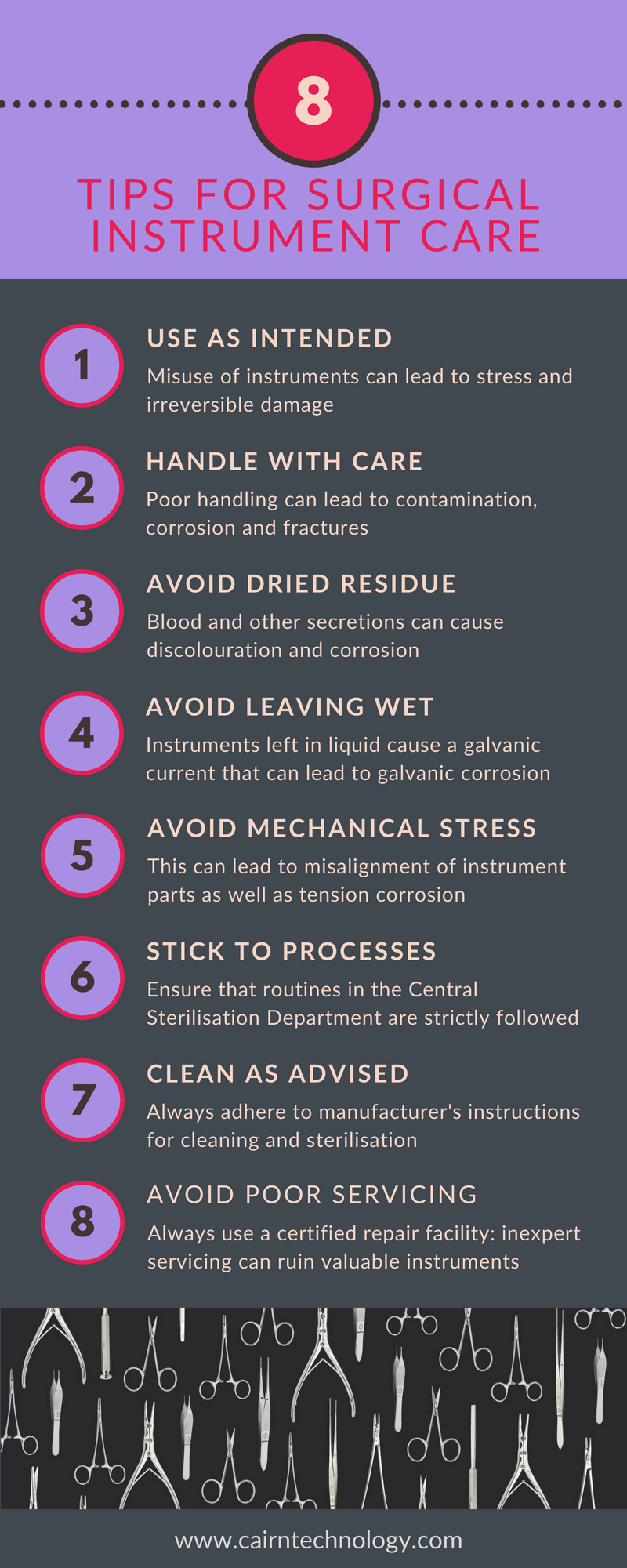Absorbent mats for urology theatres and wards
Whether you want to absorb blood, urine or irrigation fluid during urology procedures, using a high-performance absorbent mat can avoid a lot of mess and mopping up.
What’s more, some absorbent floor mats can be cut to size, to suit your requirements exactly. In addition, sterile mats can be placed under or next to the patient.
In this article, we look at three kinds of absorbent mat that can help provide a drier and safer environment for both patients and staff:
1. The T-Mat for urology theatres and wards
Designed for urology theatre floors to collect fluids during wet procedures, the T-Mat collects and binds liquids hygienically, wicking liquid away from the surface and turning absorbed fluid into a gel in only two to three minutes.
Able to absorb up to 8.5 litres of water or 3.5 litres of saline, the T-Mat is the most absorbent mat on the UK market. Measuring 75 x 36cm, it is a convenient size to be positioned on the floor where you expect any fluids to pool.
By locking in fluids, the T-Mat effectively reduces the risk of hazards such as slips and trips, whilst also reducing the time needed to clean up post-procedure.
In fact, its non-drip design means that you can easily dispose of the T-Mat in clinical waste with minimal risk of cross-contamination.
2. The DryMax XL for urology theatre scrub rooms
If you are looking for an absorbent mat that you can stand on whilst scrubbing up or performing a procedure, then the DryMax XL is the ideal product.
Designed with an anti-skid barrier layer, the mat stays in place while you walk on it. You can even cut the DryMax XL to fit an area, whether you do that with the individual mats sized 100 x 75cm or with the DryMax XL on a 100cm x 5m roll.
The DryMax XL is also highly absorbent. Capable of absorbing up to 2 litres of fluid, the it locks in liquids, preventing slips on wet floors. What’s more, its non-drip design allows for quick and easy disposal, with minimum risk of cross-infection.
3. The DryMax Sterile for urology departments
The DryMax Sterile is the ideal choice, if you are looking for an absorbent mat that you can place beneath or next to the patient during wet procedures.
Measuring 72 x 37cm, this disposable mat can absorb up to 6 litres of fluids and 2.4 litres of saline.
What’s more, having a non-drip design, it can be easily disposed of as clinical waste, ensuring a faster turnaround and reduced clean-up time.
Trialling absorbent mats for your urology theatres
If you would like more information on the above mats or to discuss your fluid management requirements call 0845 226 0185 or email info@cairntechnology.com
Hospitals are also welcome to trial a couple of mats for free to see how staff find using them in their own urology theatres and wards, so if this is of interest, please feel free to contact us.


